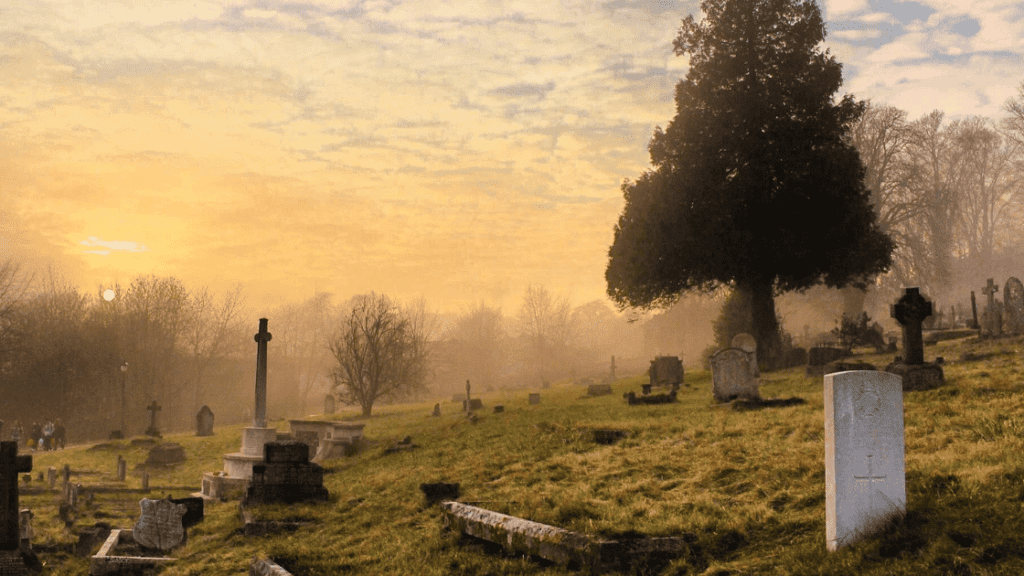You may realize that headstone symbols are not just random decorations or ornaments, but are you curious about the origins and meanings of the most common symbols? Not only are they meaningful representations of the history, culture, and beliefs of the deceased, but they tell us a lot about their lives, personalities, and values. Learning more about these symbols can help us connect with the departed on a deeper level and honor their memory and legacy.
In this article, we will explore some of the most common categories of headstone symbols and their meanings. We will also provide some tips on how to find and interpret headstone symbols in cemeteries or online databases.
Religious Symbols
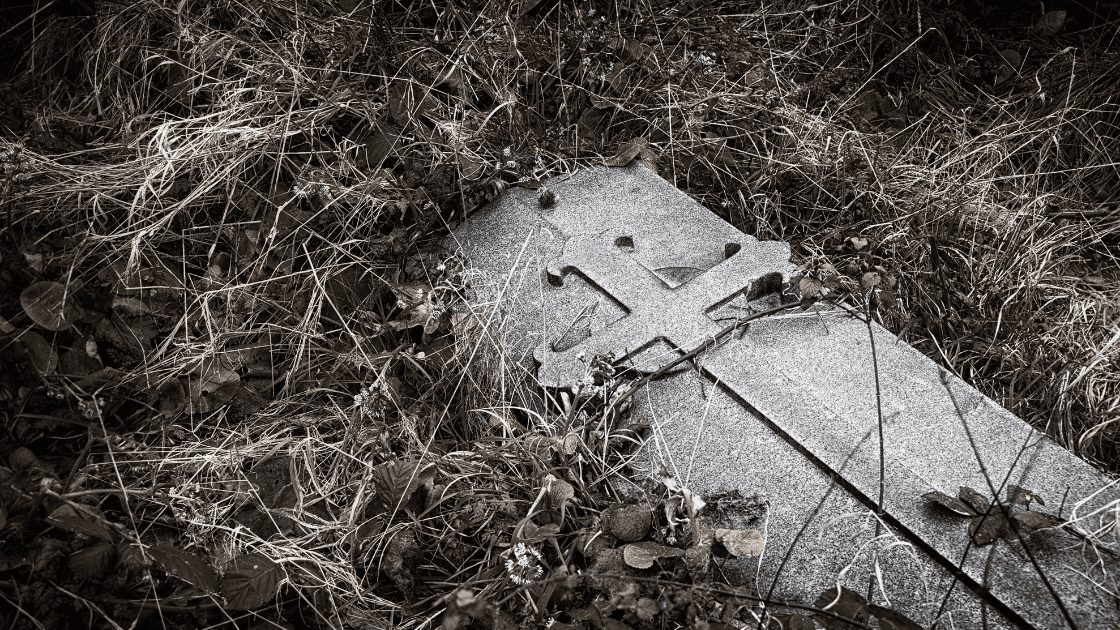
Religious symbols are among the most prevalent and diverse types of headstone symbols. They reflect the faith and spirituality of the deceased and their family. They can also indicate their affiliation with a specific denomination or sect within a religion.
Some of the most common religious symbols on headstones are:
- Cross: The cross is the most universal symbol of Christianity. It represents the crucifixion and resurrection of Jesus Christ, as well as the salvation and forgiveness of sins. There are many variations of the cross, such as the Latin cross, the Greek cross, the Celtic cross, the Maltese cross, etc. Each one has its own history and meaning.
- Star of David: The star of David is the most recognizable symbol of Judaism. It consists of two interlocking triangles that form a six-pointed star. It represents the unity of God, the Jewish people, and the Torah. It also symbolizes the shield of King David, the ancestor of the Messiah.
- Crescent and Star: The crescent and star is the most widely used symbol of Islam. It represents the faith and submission to Allah, the one and only God. The crescent symbolizes the lunar calendar and the phases of the moon, while the star symbolizes the light and guidance of Allah.
- Lotus: The lotus is a sacred symbol of Buddhism and Hinduism. It represents the purity, enlightenment, and rebirth of the soul. The lotus grows in muddy water, but rises above it and blooms into a beautiful flower. It also symbolizes the chakras, the energy centers of the body.
- Pentagram: The pentagram is a five-pointed star that is often associated with Wicca and other pagan religions. It represents the elements of earth, air, fire, water, and spirit, as well as the harmony and balance of nature. It also symbolizes the protection and power of the divine.
Occupational Headstone Symbols
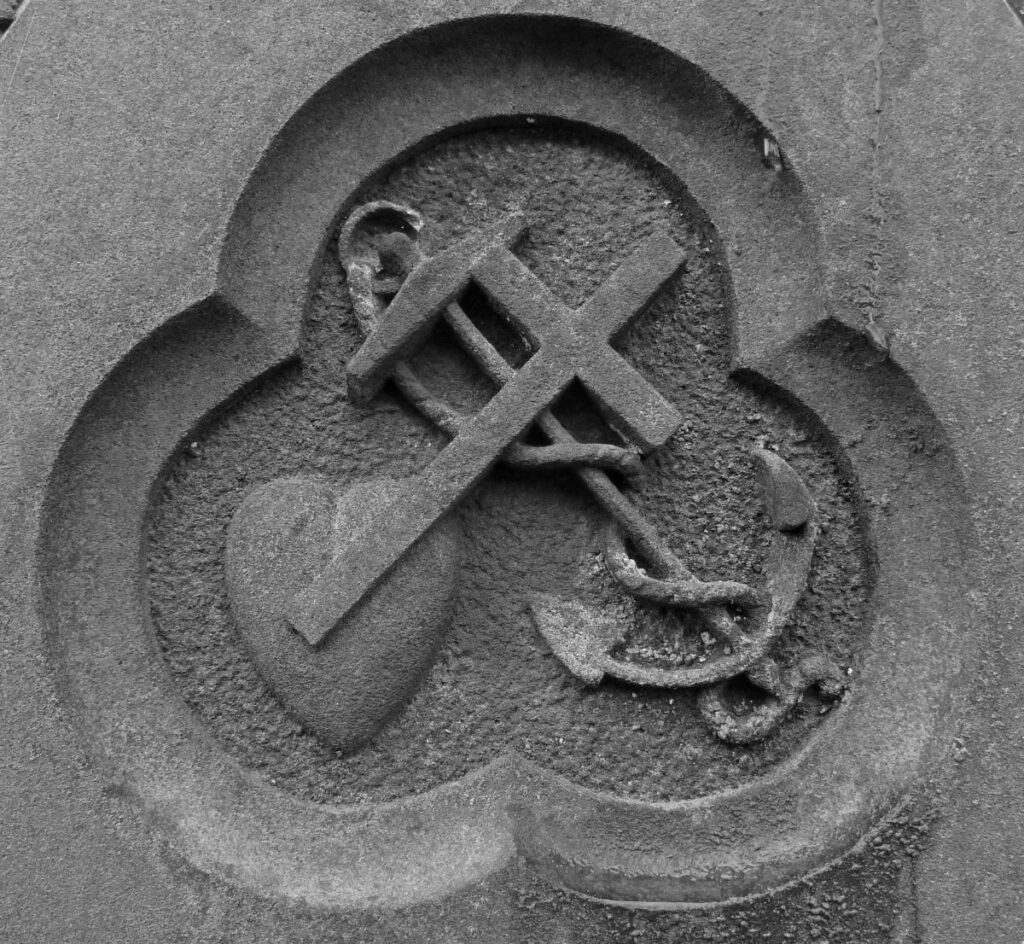
Occupational symbols are another common type of headstone symbols. They reflect the profession, trade, or skill of the deceased and their contribution to society. They can also indicate their passion, hobby, or interest.
Some of the most common occupational symbols on headstones are:
- Anchor: The anchor is a symbol of sailors, mariners, and navy personnel. It represents their connection to the sea, their courage, and their hope. It also symbolizes their stability, security, and faith.
- Book: The book is a symbol of scholars, teachers, writers, and librarians. It represents their knowledge, wisdom, and learning. It also symbolizes their communication, expression, and creativity.
- Caduceus: The caduceus is a symbol of doctors, nurses, and other medical professionals. It consists of two snakes entwined around a winged staff. It represents their healing, service, and compassion. It also symbolizes their balance, harmony, and transformation.
- Hammer and Anvil: The hammer and anvil are symbols of blacksmiths, metalworkers, and craftsmen. They represent their strength, skill, and artistry. They also symbolize their creation, innovation, and perseverance.
- Palette and Brushes: The palette and brushes are symbols of artists, painters, and designers. They represent their talent, vision, and beauty. They also symbolize their color, emotion, and inspiration.
Fraternal Symbols

Fraternal symbols are another type of headstone symbols. They reflect the membership, affiliation, or allegiance of the deceased to a specific organization, society, or group. They can also indicate their values, ideals, and goals.
Some of the most common fraternal symbols on headstones are:
- Masonic Square and Compass: The masonic square and compass are symbols of Freemasonry, a fraternal organization that promotes moral and spiritual values. The square represents the virtue of honesty, while the compass represents the virtue of moderation. Together, they symbolize the moral and spiritual guidance of the Masons.
- Odd Fellows Three Links: The odd fellows three links are symbols of the Independent Order of Odd Fellows, a fraternal organization that promotes friendship, love, and truth. The three links represent the three degrees of the order: the initiatory, the first, and the second. They also symbolize the bond of brotherhood and sisterhood among the Odd Fellows.
- Knights of Columbus Emblem: The knights of Columbus emblem is a symbol of the Knights of Columbus, a fraternal organization that promotes charity, unity, fraternity, and patriotism. The emblem consists of a shield with a cross, an anchor, a sword, and the letters K of C. The shield represents the defense of the faith, the cross represents the Christian faith, the anchor represents the hope of salvation, the sword represents the courage of the knights, and the letters K of C represent the name of the organization.
- Eastern Star Emblem: The eastern star emblem is a symbol of the Order of the Eastern Star, a fraternal organization that promotes charity, truth, and loving kindness. The emblem consists of a five-pointed star with a pentagon in the center. Each point of the star represents a female biblical figure: Adah, Ruth, Esther, Martha, and Electa. Each point also represents a virtue: fidelity, constancy, loyalty, faith, and love.
- Shriners Emblem: The shriners emblem is a symbol of the Shriners, a fraternal organization that supports children’s hospitals and other charitable causes. The emblem consists of a scimitar, a crescent, a star, and a sphinx. The scimitar represents the power of the Shriners, the crescent represents the universality of the Shriners, the star represents the guidance of the Shriners, and the sphinx represents the wisdom of the Shriners.
Floral Headstone Symbols
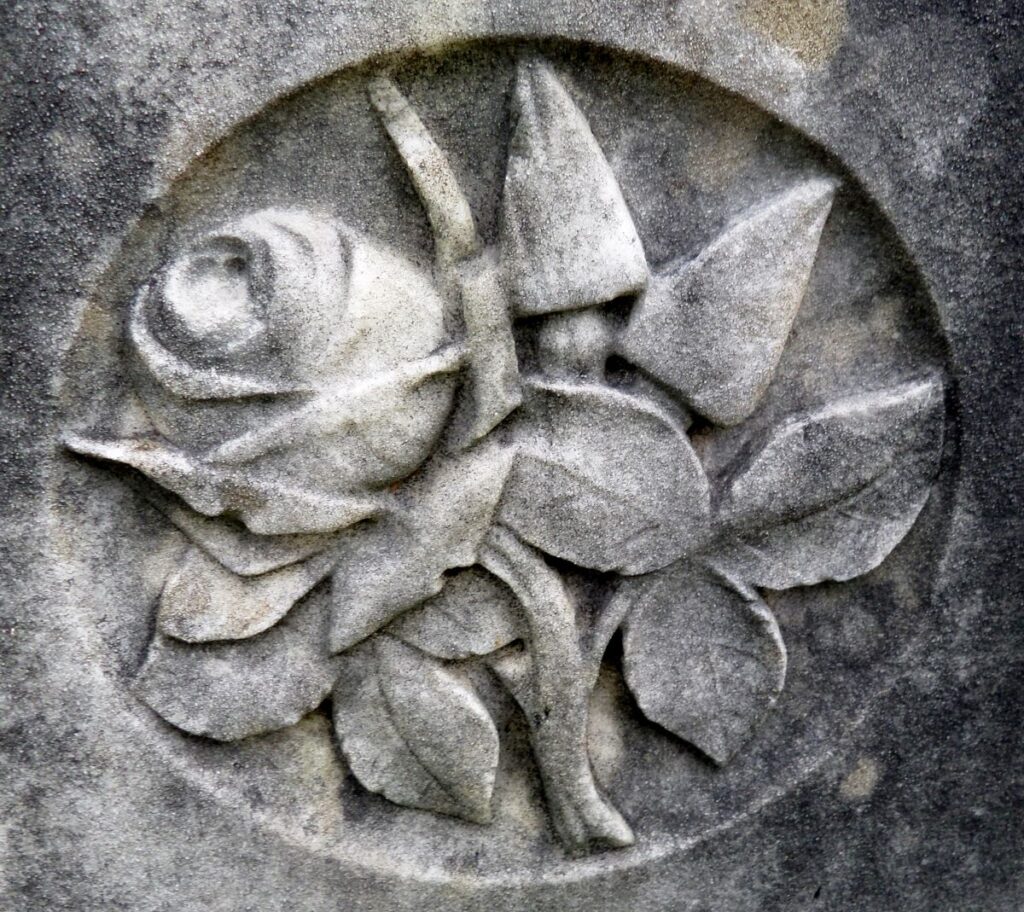
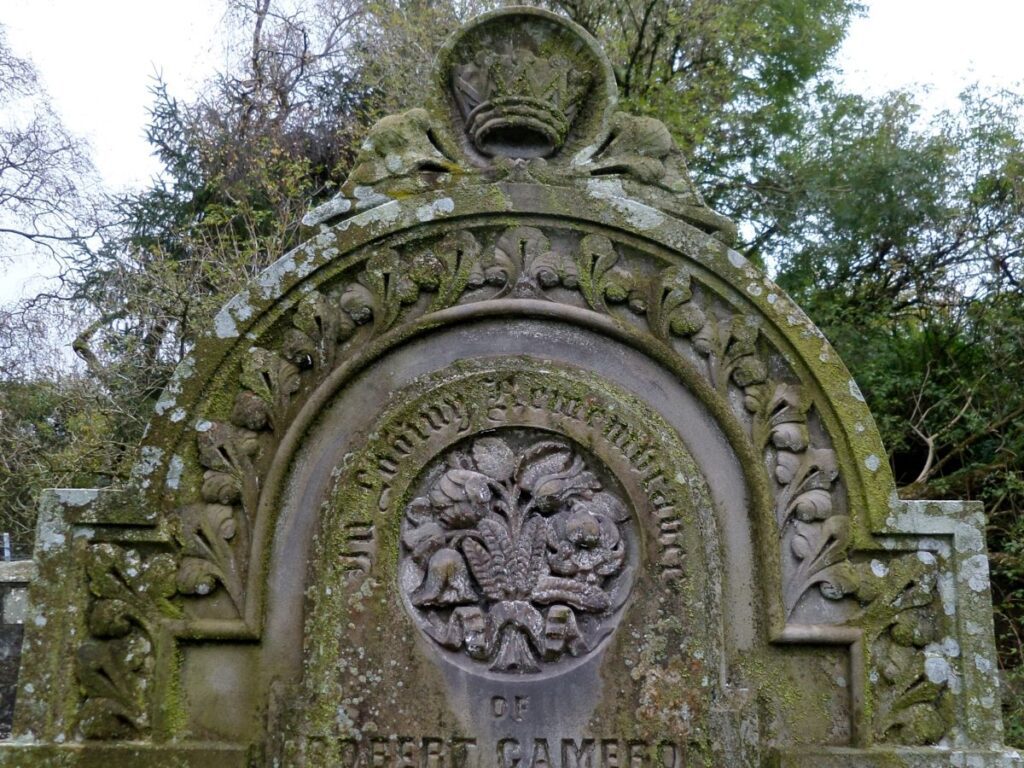
Floral symbols are another type of headstone symbols. They reflect the beauty, fragrance, and color of nature and life. They can also indicate the personality, character, and sentiment of the deceased and their family.
Some of the most common floral symbols on headstones are:
- Rose: The rose is a symbol of love, romance, and passion. It represents the affection and devotion of the deceased and their family. It also symbolizes the beauty, grace, and elegance of the deceased.
- Lily: The lily is a symbol of purity, innocence, and peace. It represents the holiness and virtue of the deceased and their family. It also symbolizes the resurrection and hope of the deceased.
- Ivy: The ivy is a symbol of friendship, loyalty, and eternity. It represents the bond and attachment of the deceased and their family. It also symbolizes the growth and vitality of the deceased.
- Poppy: The poppy is a symbol of remembrance, sacrifice, and sleep. It represents the memory and honor of the deceased and their family. It also symbolizes the rest and tranquility of the deceased.
- Daisy: The daisy is a symbol of innocence, youth, and cheerfulness. It represents the simplicity and joy of the deceased and their family. It also symbolizes the freshness and brightness of the deceased.
Animal Symbols

Animal symbols are another type of headstone symbols. They reflect the traits, habits, and behaviors of various creatures and life forms. They can also indicate the spirit, totem, or guardian of the deceased and their family.
Some of the most common animal symbols on headstones are:
- Dove: The dove is a symbol of peace, harmony, and hope. It represents the calmness and serenity of the deceased and their family. It also symbolizes the spirit and soul of the deceased.
- Lion: The lion is a symbol of courage, strength, and royalty. It represents the bravery and power of the deceased and their family. It also symbolizes the leadership and dignity of the deceased.
- Butterfly: The butterfly is a symbol of transformation, rebirth, and beauty. It represents the change and renewal of the deceased and their family. It also symbolizes the freedom and joy of the deceased.
- Lamb: The lamb is a symbol of innocence, gentleness, and sacrifice. It represents the purity and meekness of the deceased and their family. It also symbolizes the redemption and salvation of the deceased.
- Dog: The dog is a symbol of loyalty, fidelity, and companionship. It represents the devotion and affection of the deceased and their family. It also symbolizes the protection and guidance of the deceased.
Tips for Finding and Interpreting Headstone Symbols
Headstone symbols are more than just decorative elements. They are meaningful expressions of the history, culture, and beliefs of the deceased and their family. These emblems can help us understand and appreciate their lives, personalities, and values. They can also help us connect and communicate with them on a deeper level and honor their memory and legacy.
If you are interested in finding and interpreting headstone symbols in cemeteries or online databases, here are some tips:
- Visit local or historical cemeteries and look for headstones with symbols. Take photos or notes of the symbols and their locations. You can also use online resources such as Find A Grave or BillionGraves to search for headstones by name, location, or date.
- Research the meaning and origin of the symbols using books, websites, or experts. Do online searches to find information on various headstone symbols and their meanings like this Cemetery Symbolism guide or this comprehensive article on Family History Daily. You can also consult local historians, genealogists, or cemetery staff for more insights.
- Compare and contrast the symbols across different regions, cultures, and time periods. The Association for Gravestone Studies has a great FAQ on Symbolism to help you explore the diversity and similarity of headstone symbols around the world and throughout history. You can also look for patterns, trends, and anomalies in the symbols and their usage.
- Share your findings and stories with others who are interested in headstone symbolism. Join groups, forums, or communities on social media and message boards that are dedicated to headstone symbolism. You can also create your own blog, website, or podcast to showcase your discoveries and opinions.
We hope you enjoyed this article on headstone symbolism and learned something new and interesting. Headstone symbols are a fascinating and rewarding way to connect with the past and the present, and to celebrate the lives and legacies of the deceased and their family. Happy hunting!
Love learning about symbols? Check out our post on Popular Family Symbols and Their Meanings.
Other posts to check:


